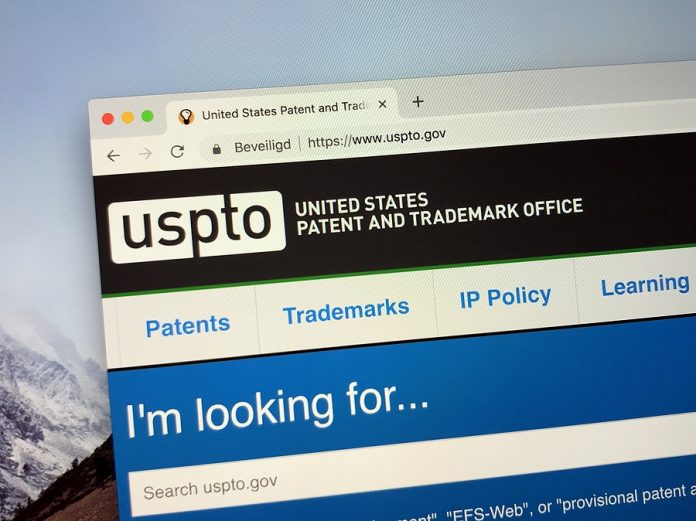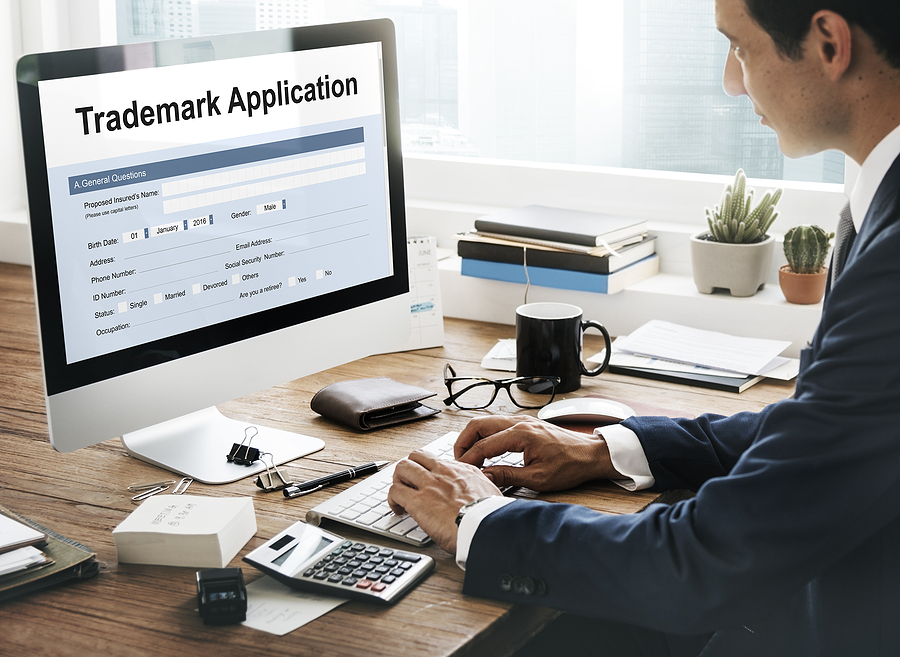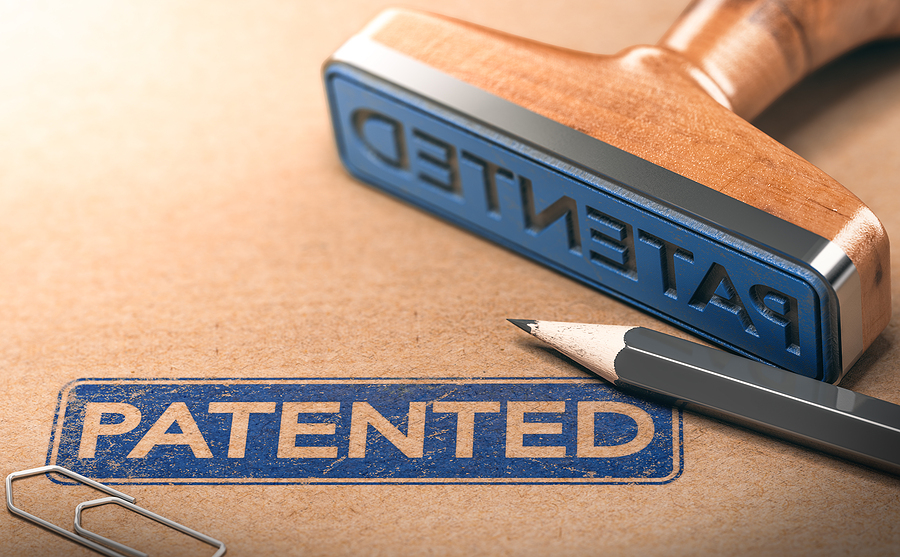There’s a lot of information available for somebody who wants to buy a business or domain name, or for somebody who wants to register a new trademark. However, if you want to know how to buy a trademark, there isn’t much guidance available about the process. This article will change that reality by shedding light on the little-covered topic of buying trademarks.
What Is a Trademark?
A trademark is a brand identifier, which usually means a brand name, logo, or tagline that identifies a business to consumers as the source of particular goods or services. A trademark registration is an official document issued by a government, certifying ownership of that trademark by a business or individual.
In the United States, federal trademark registrations are issued by the USPTO (United States Patent and Trademark Office). A U.S. trademark registration gives the holder the presumed ownership of that brand in all U.S. states and territories.
Why Buy a Trademark?
If you’re starting a new business, it’s important to own your business name, which generally means owning it as a registered trademark. It’s also a best practice to own your business’s logos and taglines as well. But trying to register a new trademark in the United States is risky, costs a lot of money, and requires you to wait for several months before even finding out if your trademark has initial approval. The entire process takes at least 8 to 12 months, and that’s if nothing goes wrong.
So why pay $1,000-$5,000 for a chance of owning a trademark in a year when you can buy an already-registered trademark for not much more, and own it in a week?
This won’t just save you time. Imagine launching a business, only to find out eight months later that your trademark application has been rejected and you need to pick a new name. Not only have you wasted the legal fees you’ve already spent, but you now have to spend money on rebranding, in addition to the cost of filing a new trademark application.
Sure, you could keep using your brand name without a registered trademark, but you won’t be able to kick counterfeiters off of platforms like Amazon, Instagram, and Google. And there will always be a risk of somebody else deciding you’re infringing on their trademark rights and forcing you to rebrand anyway.
Buying an existing trademark registration gives you instant ownership of this essential building block for your business and eliminates all of these risks and potential costs.
Is Buying a Trademark Legal? What Does It Involve?
Yes, people buy and sell trademark registrations all the time. In the United States and other countries, a trademark sale contract is called an assignment agreement. This agreement usually describes not only the transfer of a registered trademark, but also of all common law trademark rights and goodwill associated with that brand.
Common law trademark rights are the rights to a brand that a business accrues simply by using that trademark in commerce. It may also be described in an assignment agreement as “the benefit of any use of the trademark.” Goodwill refers to the relationship that the brand has with the minds of consumers. The assignment agreement must transfer both of these assets along with the trademark registration in order for the USPTO and courts to consider the assignment valid.
Once an assignment agreement is drafted and signed by the seller and the buyer, somebody (usually an attorney representing the buyer or seller) should record the assignment with the USPTO. Once the recordation is approved, anybody who looks that trademark registration up in the USPTO database will see that it belongs to the new owner.
One thing you can’t do is buy or sell a pending application for a trademark that hasn’t been used in commerce yet. This kind of application is called an intent-to-use or “1(b)” application. An applicant for this kind of trademark must file a statement of use with the USPTO, showing that they’re now using the trademark in commerce, before they can legally assign the trademark to another party. This prevents people from filing applications for brand names they never intend to use in order to “squat” on them and sell them to people who want to use them.
How Much Is a Trademark Worth?
Most people looking at trademarks for sale are choosing between buying an existing trademark and registering a new trademark from scratch. So the value of an already-registered trademark is largely based on how much a new trademark application costs ($1000-$2500), the risk of a new trademark application getting rejected, and the amount of time it takes to reach registration with a new trademark application.
Based on those factors, a trademark with no business attached to it is generally worth somewhere between $3,000 and $10,000. Occasionally they can be worth as much as $15,000 if they’re particularly desirable trademarks. If the trademark deal being offered also includes a matching .com domain name, that can also increase the value by several thousand dollars.
Where Are the Best Places to Buy a Trademark?
For people who want to buy domain names or businesses, there are lots of great online marketplaces where you can browse them. Unfortunately, this is not true for trademarks. There are a few existing trademark marketplaces and exchanges, but most of them are very bad. There are really just a couple of good places to browse and buy trademarks online right now. Let’s review the options:
eBay’s Patent and Trademark Listings
eBay’s Patents and Trademarks Category is not an ideal place to buy (or sell) trademarks, but it does have a few bargains even if most of the trademarks are severely overpriced. It’s worth taking a look to see if you can buy a registered trademark from somebody who wants to get rid of their trademark and doesn’t know the best way to do it.
However, there are some drawbacks. First, the volume of trademarks for sale on eBay is very low. There are just a handful of trademarks for sale there at a time. Because trademarks have to be registered for specific goods or services, that means that you’re unlikely to find even one trademark for sale on eBay that would make sense for your business.
Second, eBay doesn’t verify that the listed trademarks are actually owned by the people listing them. They also don’t help you seal the deal with an assignment agreement after you pay for the trademark. Both of these issues make it harder to be sure that you’re going to walk away with legal ownership of a registered trademark after you pay for it. The seller might not actually own it, or the deal might fall through for some other reason before an agreement is signed.
Trademark Exchanges and IP Marketplaces
There are a couple of venues out there that call themselves “trademark exchanges” or “IP marketplaces” and their sole purpose seems to be to collect listing fees from gullible trademark owners and fraudulent sellers. These websites have a tremendous volume of trademark listings, much larger than that of eBay, but there are no quality controls, valuations, or even good ways to sort through the listings.
Because these websites charge a fee to list a trademark, but don’t take a commission when a trademark is successfully sold, their only incentive is to get as many trademarks listed as possible. These websites commit several failures and omissions that are bad for both buyers and sellers:
- They don’t verify that sellers actually own the trademarks they say they’re selling. They also don’t verify that the trademarks are fully registered and haven’t expired.
- They don’t screen out worthless trademarks that aren’t worth listing.
- They let sellers list trademarks for whatever price they want, without any guidance. This is problematic because most would-be trademark sellers are not professionals and have no idea what their trademarks are worth. Many — possibly most — of the marks on these websites are listed for hundreds of thousands or even millions of dollars, with no basis for these valuations.
- They don’t design their websites to be easy to search or sort through. This makes it really hard for buyers to find trademarks they might be interested in.
- They don’t broker the final deal between the buyer and seller. All they really do is provide an email address for the buyer to contact the seller. The buyer and seller then still have to agree to final terms (including a price), draft a contract, sign the contract, and send the money securely. There are many points during this process at which the deal can fall through or, even worse, one side can cheat the other.
Communer’s Trademark Marketplace
There’s one website that actually has trademarks for sale at reasonable prices: Communer.com. Unlike other trademark marketplaces and exchanges, Communer has the following features that make it by far the best place to browse and buy registered trademarks in the United States:
Curated trademark listings with verified owners
Trademark owners have to apply to sell trademarks on Communer. Communer then rejects trademarks it thinks are undesirable or worthless. Even more importantly, Communer uses the owner correspondence information listed on the USPTO trademark database to confirm that Communer’s sellers are the actual owners of the listed trademarks.
Because Communer doesn’t charge a listing fee, it has no incentive to accept worthless or fraudulent trademark listings.
Price controls for listed trademarks
Once a trademark is verified and approved for listing, Communer gives the seller a valuation for the trademark and then offers a price range for the seller to choose from. For example, Communer might tell a seller that their trademark is worth $5,000 and then allow the seller to list the trademark at the seller’s choice of price between $3,000 and $9,000.
This process ensures that sellers know the real values of their trademarks and that buyers don’t have to sift through overpriced trademarks in order to find reasonably-priced options.
Exclusive listing requirements for sellers
Communer requires sellers to agree to an exclusive listing. This means that if an owner successfully sells a trademark outside of Communer, they still owe Communer 25% of the listing price as commission. This ensures that the buyer on Communer is getting the best deal possible on a given trademark.
Communer also requires sellers to inform Communer when listed trademarks are no longer available for sale. This means buyers don’t have to worry about ordering a trademark on Communer only to find out that it isn’t for sale anymore.
A functional and intuitive website
Communer’s website is basically a glorified Shopify store for trademarks. This means it’s very easy to navigate and sort through. You can sort through trademarks by industry or product type. You can also filter for trademarks that include logos or domain names as part of a bundle.
Management of the transaction
Communer’s founder, Jeremy Eche, is an experienced trademark attorney who knows how to buy a trademark as well as anybody does. Once you initiate the purchase of a trademark, Communer holds your money securely and sends a valid trademark assignment agreement to you and the seller to sign.
Once both parties have signed, Communer pays the seller and sends both parties the fully executed assignment agreement. You’re now legally the owner of a registered trademark!
Do I Need to Maintain or Renew a Trademark I Buy?
All U.S. trademark registrations need to be maintained or renewed periodically. A maintenance filing must be made six years after the original registration date, then a renewal must be filed four years after that, and then renewals only need to be filed every 10 years. Most trademark owners hire attorneys to file these for them, but a US-based trademark owner can also file a renewal or maintenance on their own.
In order to successfully maintain or renew your new trademark registration, you must demonstrate to the USPTO that you are currently using the trademark in association with at least some of the goods or services for which the trademark was originally registered.
This is something you should keep in mind if you buy an existing trademark registration. If you buy a trademark registration that’s registered for the goods/services of “pencils” in International Class 16, you won’t be able to renew the registration if you only sell pens under that brand name. Pens are closely related to pencils, so you’ll probably be protected against other people using that name for pens, but you’ll need to be selling pencils if you want to renew it.
Alternatively, if you’re selling related, but not identical, goods/services, you can file a new trademark application for the same name in association with the goods/services you sell. Because your goods/services are related to the ones listed on the registration, and you can assert to the USPTO that you own the registration, your path to registration for this new application will probably be clear as long as you file roughly a year or more before your registration is due to expire. This will give you a nearly uninterrupted period of protection for the trademark you bought.
Either way, once you own a trademark registration, you can continue to own that trademark for as long as you continue to use the trademark. What else can you buy for less than $10,000 that might last for hundreds of years?

Cameron Dickerson is a seasoned journalist with nearly 10 years experience. While studying journalism at the University of Missouri, Cameron found a passion for finding engaging stories. As a contributor to Kev’s Best, Cameron mostly covers state and national developments.





